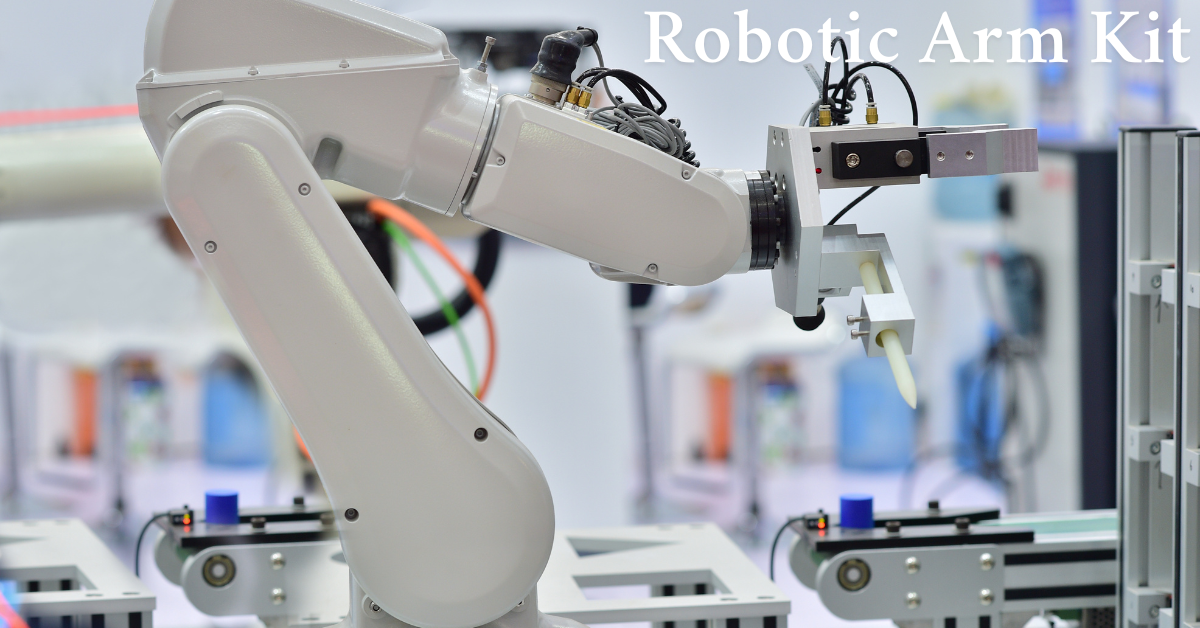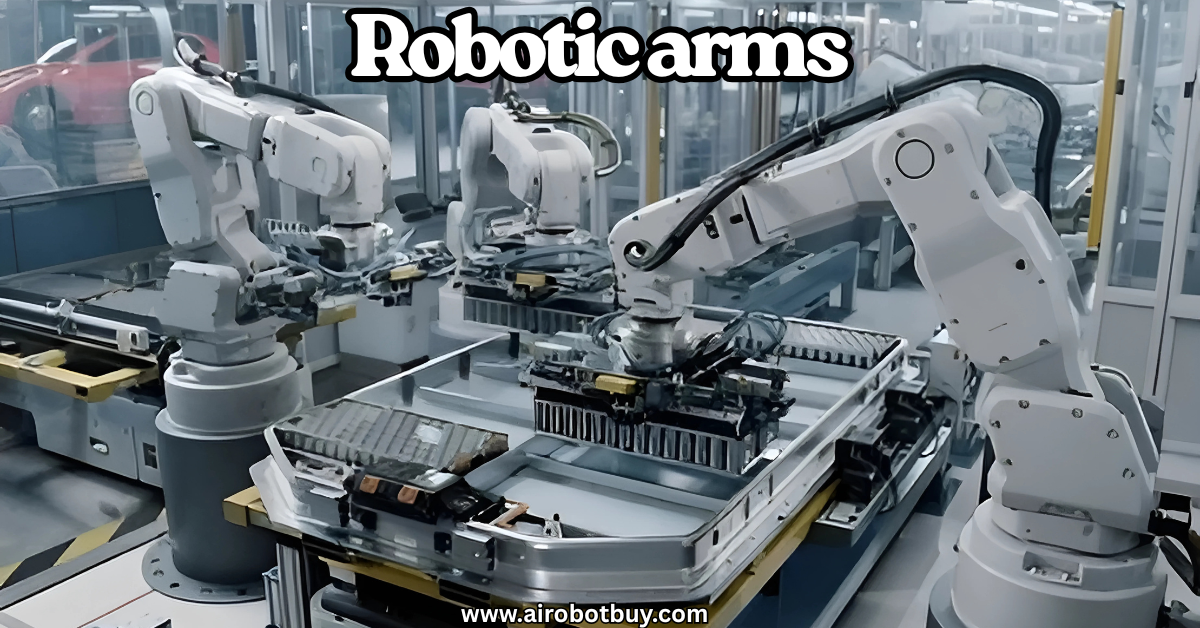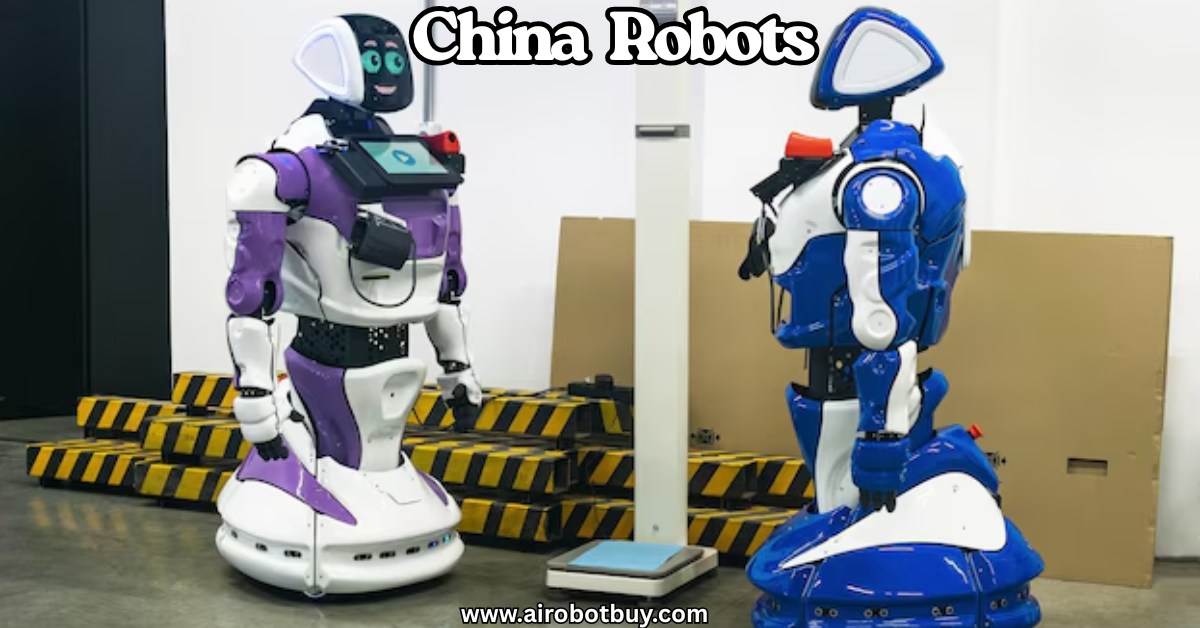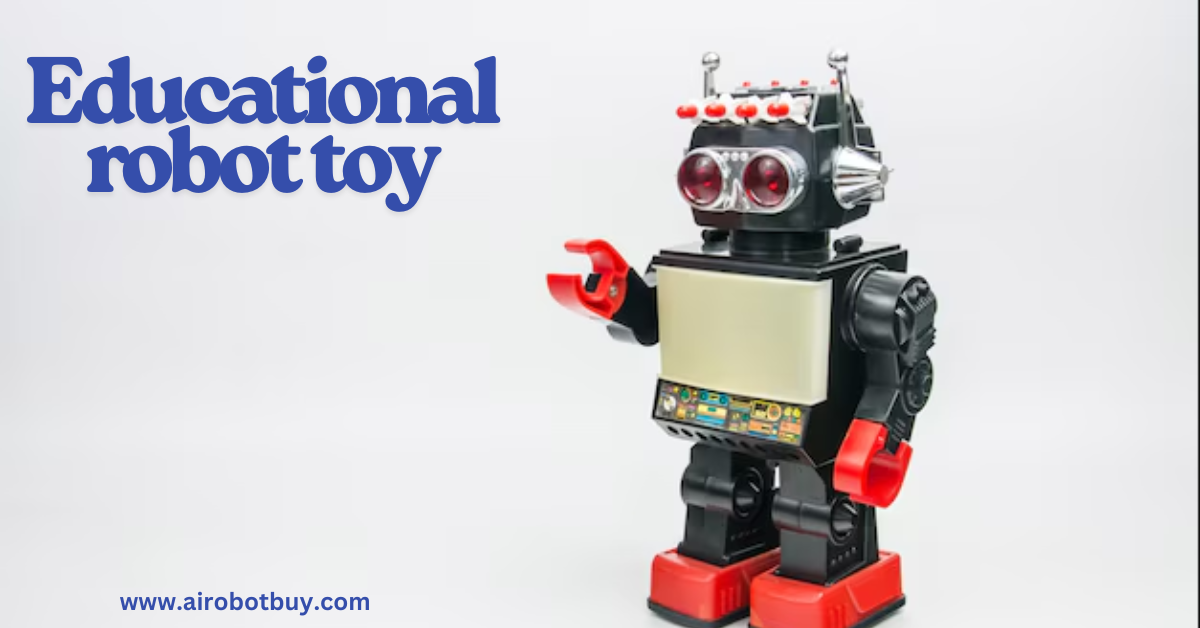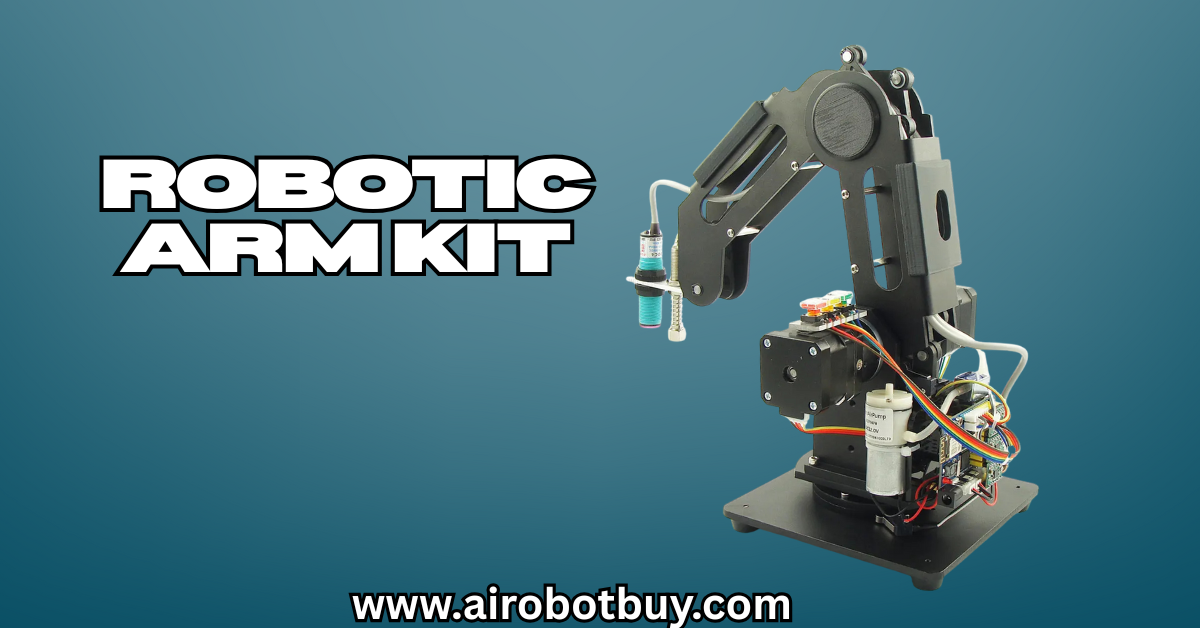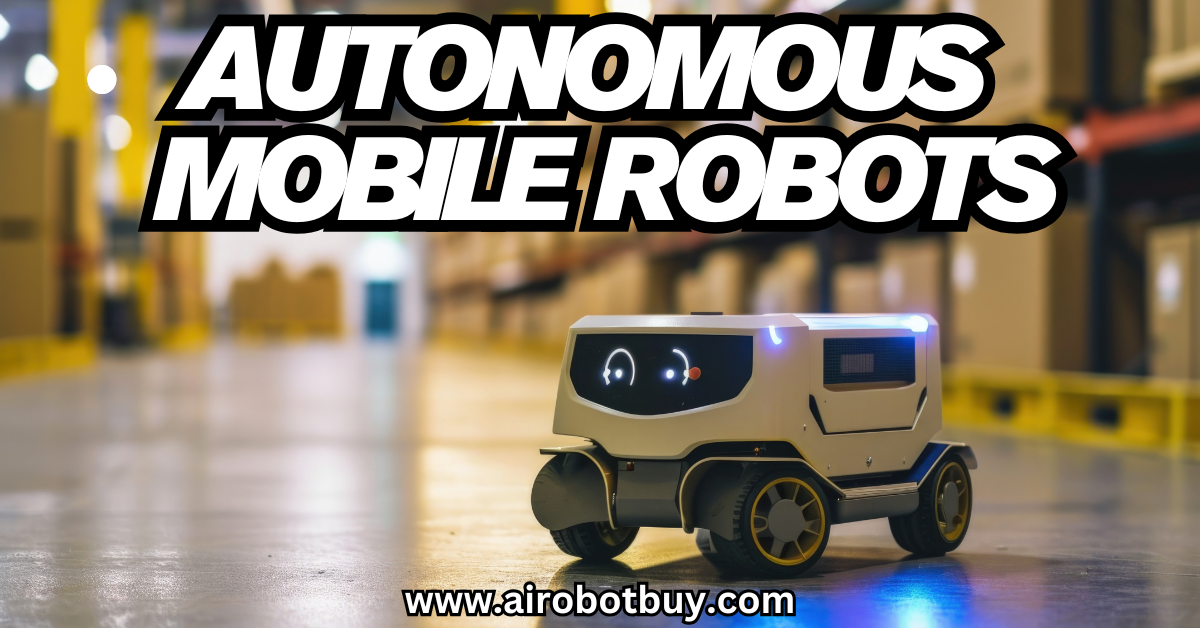The rise of automation and robotics is no longer limited to large factories or high-tech labs—it’s now part of classrooms, home workshops, and DIY maker spaces. At the heart of this movement is the robotic arm kit, a hands-on solution that lets users build, control, and experiment with robotic systems. Whether you’re a curious student, an aspiring engineer, or a small business owner exploring affordable automation, these kits offer a practical entry point into the world of mechanical design, electronics, and coding.
Robotic arm kit are designed to mimic the functionality of industrial robotic arms, allowing users to perform tasks like picking, placing, sorting, and even drawing. They combine real-world learning with creativity, giving users the tools to explore physics, computer science, and engineering principles in one interactive platform. With options ranging from beginner-friendly plug-and-play kits to advanced systems supporting AI and vision modules, there’s a robotic arm kit suited for every skill level and purpose.
In this guide, we will explain the basics of robotic arm kits, their key components, types, core functions, and real-world applications to help you choose the right one for your needs.
Robotic Arm Kit: Understanding the Basics and Its Core Functions

Robotic-arm-kit have become increasingly popular across educational institutions, hobbyist communities, and small businesses. They serve as an accessible way to learn about robotics, automation, and engineering concepts without the need for expensive industrial equipment. A robotic-arm-kit typically includes the necessary components to build and operate a functional robotic arm, allowing users to explore mechanics, electronics, and software integration. This guide will cover the fundamental aspects of robotic-arm-kit, explaining their components, how they work, what they are used for, and how to select the right one for your needs. Visit here!
What Is a Robotic Arm Kit?
A robotic-arm-kit is a package of mechanical and electronic components that can be assembled to create a robotic arm capable of mimicking human arm movements. These kits are designed for educational, experimental, or light automation purposes. The typical robotic arm operates on several axes or degrees of freedom, allowing it to perform complex tasks such as gripping, lifting, rotating, and placing objects. Most kits are programmable, meaning users can control the movements via a microcontroller or software platform.
Key Components of a Robotic Arm Kit
- Base Platform – Provides the structural foundation.
- Joints and Links – Enable arm movement across different axes.
- Motors – Usually servo or stepper motors, responsible for motion.
- Microcontroller Board – Arduino, Raspberry Pi, or custom boards that serve as the control hub.
- Power Supply – Batteries or AC adapters to provide the necessary voltage and current.
- End Effectors – Tools like grippers, claws, or suction cups used to interact with objects.
- Wires and Connectors – Facilitate communication between components.
- Software Interface – Used for programming and real-time control.
How Robotic-Arm-Kit Work
A robotic arm kit functions by receiving electronic signals from a controller or software interface, which are then translated into physical movements by motors. The user writes a program or script that specifies how each joint or motor should move. The microcontroller processes these instructions and sends the appropriate signals to each motor. Sensors may be integrated to enhance accuracy and provide feedback. The sequence of these movements enables the arm to perform various tasks like picking up an object and placing it elsewhere.
Common Applications of Robotic Arm Kits
- Education – Teaching basic robotics, programming, and electronics.
- Prototyping – Rapid development of automation ideas.
- Automation – Simple pick-and-place tasks in light manufacturing.
- Research – Testing algorithms in a physical environment.
- Entertainment – Animatronics and hobbyist projects.
Types of Robotic Arm Kits
| Type | Description | Typical Users |
|---|---|---|
| Educational Kits | Low-cost, basic kits for teaching and learning | Students, educators |
| DIY/Hobby Kits | Medium complexity, often customizable | Hobbyists, makers |
| Professional Kits | High precision and capabilities, more expensive | Engineers, small businesses |
Degrees of Freedom (DOF)
Degrees of freedom refer to the number of independent movements a robotic arm can perform. More DOF allows for greater flexibility and functionality.
- 3-DOF: Basic up/down, left/right, and open/close motions.
- 4-DOF to 5-DOF: Adds more precise orientation control.
- 6-DOF and above: Offers full-range motion similar to a human arm.
Types of Motors Used
| Motor Type | Features | Pros | Cons |
| Servo Motors | Controlled position and speed | Precise, compact | Limited torque |
| Stepper Motors | Moves in fixed steps | Good for repeatable tasks | Can overheat without control |
| DC Motors | Continuous rotation | Simple and powerful | Less precision without encoders |

Choosing the Right Robotic Arm Kit
- Purpose – Learning, prototyping, or real-world application.
- Skill Level – Beginner, intermediate, or advanced.
- Budget – Ranges from $50 to over $1000.
- Programming Knowledge – Match the kit’s interface with your experience.
- Expandability – Ability to add sensors or advanced control.
Comparison Table of Popular Kits
| Kit Name | DOF | Price Range | Platform | Ideal For |
| Adeept Ruko Arm | 4 | $80–$100 | Arduino | Beginners, education |
| uArm Swift Pro | 4 | $250–$350 | Arduino/Python | Hobbyists, prototyping |
| Elephant myCobot | 6 | $450–$900 | ROS/Python | Research, light automation |
Advantages of Robotic-Arm-Kit
- Affordable entry into robotics
- Hands-on experience
- Modular and customizable
- Encourages problem-solving
- Bridges mechanical and software skills
Limitations
- Limited load capacity
- May lack industrial-grade precision
- Learning curve for beginners
- May require additional tools or parts
Frequently Asked Questions
Q1: Can I build a robotic-arm-kit with no programming experience?
Yes, many kits come with visual interfaces or pre-loaded scripts to get you started.
Q2: What can a robotic-arm-kit actually do?
It can perform tasks like sorting objects, drawing, light assembly, or interacting with sensors.
Q3: Is it safe for kids to use?
Yes, if supervised. Educational kits are designed with safety in mind.
Q4: Can I upgrade my kit later?
Most kits are modular, allowing for motor upgrades, new end effectors, or sensor integration.
Q5: Do I need a PC to run the robotic arm?
In most cases, yes. Some kits support mobile apps, but full programming usually requires a computer.

Conclusion
Robotic arm kit are more than just educational tools—they’re gateways to understanding modern automation, engineering, and problem-solving. From basic kits designed for classroom learning to more advanced models suitable for prototyping and light automation, these kits provide a practical, hands-on approach to exploring robotics. By understanding the core components such as motors, controllers, degrees of freedom, and programming platforms, users can build functional systems that mimic real-world robotic applications.
Whether you’re a student looking to build foundational knowledge, a hobbyist ready to experiment, or a small business exploring low-cost automation, robotic-arm-kit offer scalable solutions that grow with your skill set. Their modularity, affordability, and versatility make them ideal for anyone interested in bridging mechanical hardware with software control.
As the demand for robotics continues to rise across industries, getting comfortable with robotic-arm-kit is not just a fun project—it’s a valuable step toward future-ready skills. Investing time in one today could lead to bigger opportunities in education, innovation, and career development tomorrow.


















